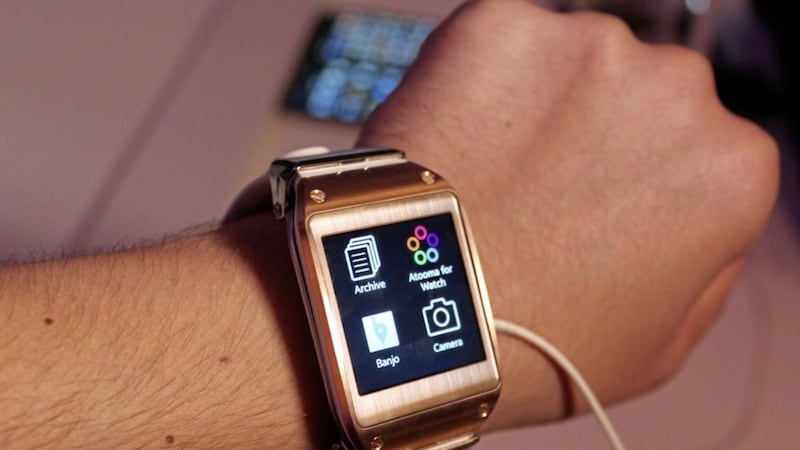CHRISTMAS saw many smart devices making their way down chimneys promising new ways to connect with customers, opening up interesting fresh lines of communication and engagement.
And although new technologies offer exciting new prospects, putting them to use won’t be without its pitfalls. Here is a look at three new smart trends:
1 - Health apps and devices:
Fitness trackers are hitting the mainstream, with more brands competing to offer a way to track your exercise, diet and more.
The negatives are that brands need to be careful because health apps and devices grant them access to data of a personal nature. This is potentially incredibly sensitive, and every step must be taken to ensure it does not fall into the wrong hands and that data is secured appropriately.
It seems not a day goes by without a data breach being reported in the press, and with research showing 57 per cent of consumers do not trust organisations to use their data responsibly, marketers need to ensure they are handling data in a sensible, secure manner.
However, these can provide a great opportunity, to offer incentives or rewards, such as discounts, based on health targets being met. There is also the potential to personalise the customer experience using this type of data, for example using geo-location to target regional consumers.
2 - Smart watches:
Research has shown that more than half of smart watch owners use them every day.
Just like when we moved from desktop to mobile, marketers need to take the time to understand the best way to interact with customers through their watch. Smart watches allow consumers to activate and control them with their voice, useful when the screen fits on your wrist. This is why it will be vital for brands to take a ‘watch-first’ approach to areas such as app development and watch-friendly marketing if they are to succeed.
Gone are the days when watches were just used merely for telling the time. Now they are starting to take on many functionalities of smart phones, making them increasingly practical for use on the go. Reaching smart watch users can provide a way to engage consumers outside of their phones, and offers a novel way to reach them.
3 - Virtual reality:
Between cardboard offerings and Oculus’s full virtual reality platform, mid-range virtual reality sets have arrived.
VR is an expensive technology to use and so marketers need to establish how valuable it is for their brand and whether using it will add value to the bottom line.
The immersive experience of VR offers a great opportunity for marketers to interact with their customers, allowing them to experience the brand in a unique way. For example, John Lewis tied its Christmas advert to a VR experience in-store, allowing consumers to be part of the advert and building the relationship with the brand.
In conclusion, marketers need to get smart and appreciate that wearable technology is moving into the mass market, making its way into homes all around the world.
However, marketers need to decide what the most appropriate and effective uses of these technologies are, or risk being left behind. Like all new channels placing the customer at the heart of interaction is key.
:: Carol Magill is CIM network manager for Ireland








